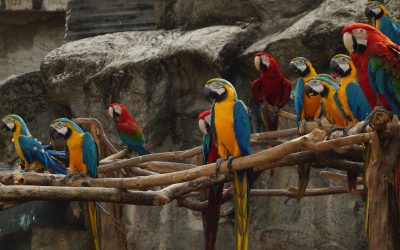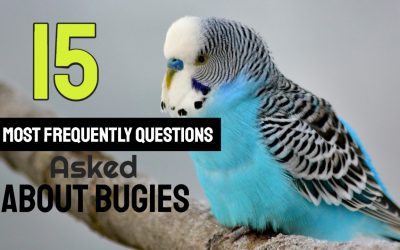How to choose right budgie or parakeet?
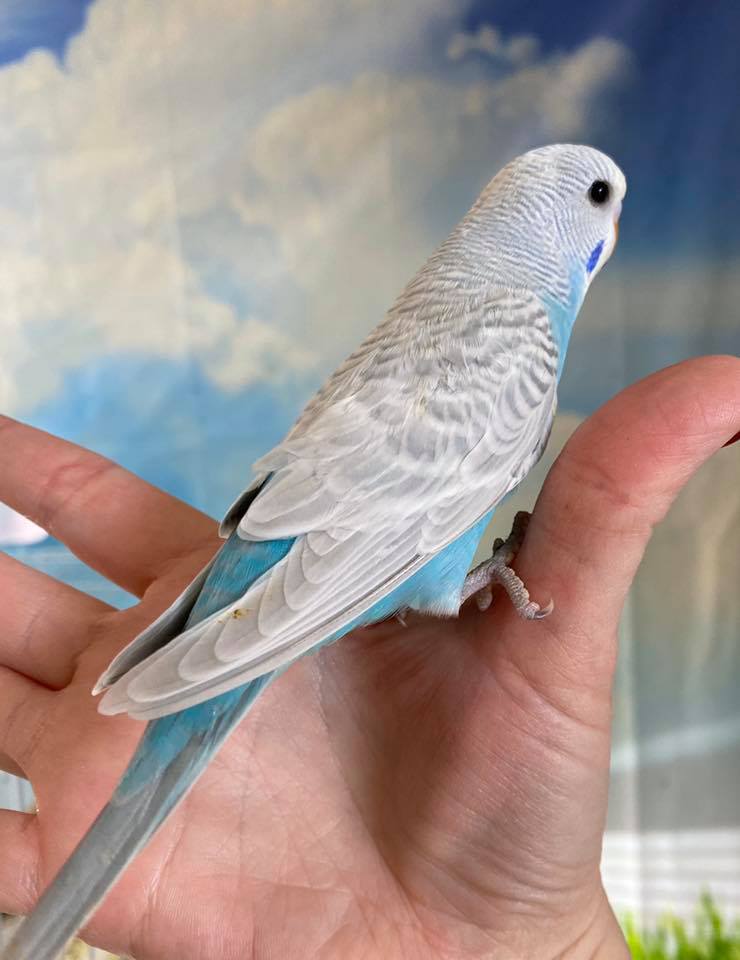

Written by Michi
A duck is a duck is a duck !!! but a budgie is a budgerigar is a keet is a parakeet at least to the average person. Most people are confused as to whether a budgie is a parakeet, or a parakeet is a budgie or whether they are entirely different birds. In the United States, the term “budgie” usually refers to the English exhibition or show parakeet, while in Great Britain, “budgie” refers to any keet. Budgerigar is an Aborigine phrase that means “good to eat.”
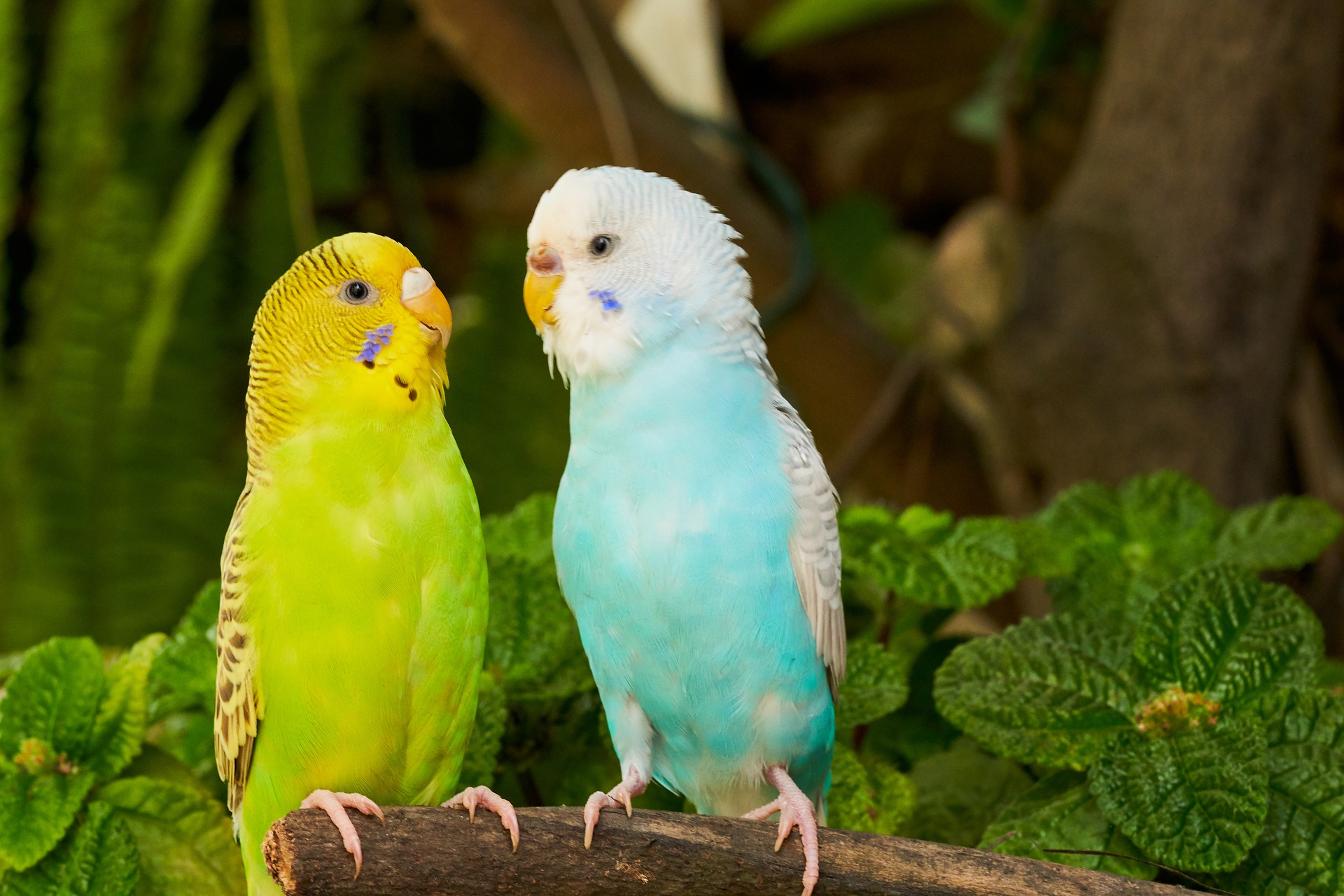

Terms Used:
- budgie
- budgerigar
- english budgie
- yellow budgie
- rainbow budgie
- budgie bird

Whatever you call it, the budgie is one of the most popular pet birds in the world today. Native to Australia, it is a member of the Melopsittacus undulatus, which includes the American parakeet, English parakeet, shell parakeet, budgie, and budgerigar. Bird experts prefer that budgie not be called parakeet, since parakeet is a common term for several small parrot-type birds with long tails. A budgie is a parakeet, but a parakeet is not always a budgie.
Personality and Appearance of Budgie:
Budgies come in over a thousand color mutations. The normal budgie is bright green on the chest with the wings a mix of green with black. There are several variations to this including yellow, blue, violet and albino. The male and female show sexual dimorphic characteristics, which means that there are visual differences. The adult male usually has a blue colored cere (the firm fleshy band across the base of the beak), and the female’s is pink or brownish colored. Young budgies typically have stripes that cover the head and continue down to a pink cere. As the bird matures, the cere color changes. Budgies are of two different body types: the American budgie and the English budgie.
The American budgie is most seen in pet stores and is about seven inches long, with the tail making up most of the length. His head is small, but it is proportionate to the rest of the body. These budgies are excellent talkers and quite easy to tame. They usually live 15 to 18 years.
English budgies have characteristics and features that were developed and enhanced specifically for show, such as a bigger chest and head, large circular throat spots, and vibrant clear colors and markings. They are about 10 inches in length and are less active; some believe they are not as smart as the American budgie.
Budgies can be taught to talk, although not all will. Some will only whistle, while others will learn many words. Hand-raised birds are more likely to talk as are single-caged birds. Relatively inexpensive, they are not loud, do not take up a lot of space and do not make a mess. They are easy to train and make exceptional pets if they receive a lot of attention. As with most birds, the budgie will bond quicker to you if it is a single bird. If you have a busy lifestyle and feel you would not have a lot of time to interact with your bird, you may want to consider having two as they are flock birds and like companionship.
Don’t forget to check out our Youtube Channel or More Budgie and other beautiful videos

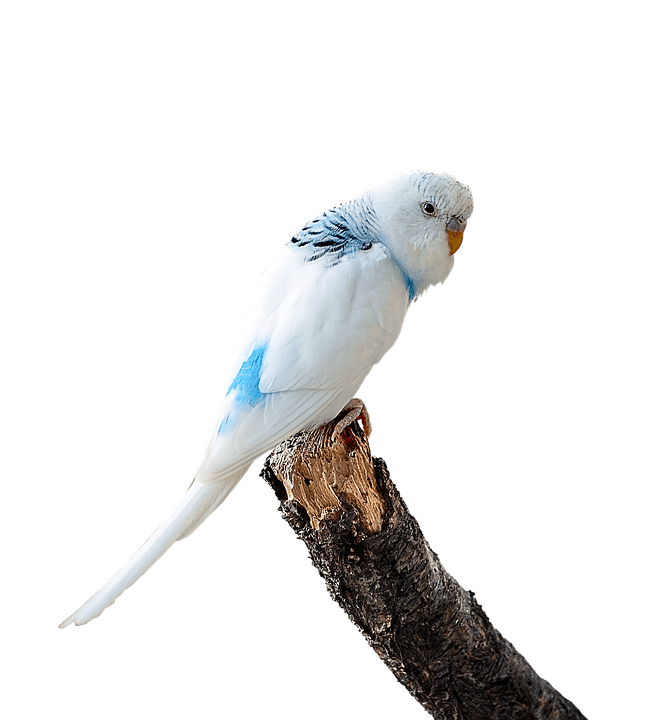
How to groom Budgies:
Budgies love baths, some like a dip and some like showers. Try putting a dish of water in the cage to see if your parakeet likes to bathe. If he shows no interest, you can mist him with warm water and let him dry in the sun. Always make sure the room is warm for bathing.
Feeding the budgies:
Budgies love to eat, and their diet is very important. In the wild they eat ripened green seeds and greens. A pelleted diet is best, in addition to anything you eat, except for avocado, chocolate, fatty things and salty things. A good diet consists of pellets, fresh vegetables, fruits, grains, and seeds. They enjoy carrots, corn, peas, green beans, cooked chicken egg, apple, pear, cantaloupe, leafy greens, whole wheat bread, and corn bread. They also like plucking the fresh buds off fresh broccoli. You can fix a “plate” for your budgie when you are having your own dinner. An occasional millet spray is a great treat. If your budgie has not been raised on fruits and vegetables, he may be stubborn about changing his diet. Add something new each day and be patient. His curiosity just might reward him with some healthy and tasty treats.
Housing the budgies:
Your budgie may be small, but he still needs some space. The cage should be the largest one you can afford, but at least 18 inches. Budgies fly horizontally so the cage should be wider than it is high to allow space to flap his wings, play with his toys and climb. Bar spacing should be no wider that 1/2 inch, small enough so the head will not fit between the bars. Place the cage in an area of the house where your budgie will see a lot of the family. However, keep him away from the kitchen where dangerous cooking fumes can harm him.
Budgies love to play and need mental stimulation. Make sure there are enough toys but not so many that they crowd the space. Your budgie will enjoy playing with mirrors, bells, swings, ladders, and chewy toys. And if you have a safe environment for a bird, you can let him out to fly once a day. However, remember that your budgie does not know that the patio door is not open, and he would have trouble surviving if he were to get out of the house. You might let him fly in an enclosed room with the door closed and be sure to stay in there with him. Remove poisonous plants, electrical wiring, or strings because budgies are excellent climbers and chewers. Never leave your budgie unattended when another pet is present, such as a dog or a cat.
Breeding the budgies
Budgies normally breed best in the spring and early summer and can be done by either of two methods: selective cage breeding or colony breeding. Selective cage breeding involves single cages with one pair per cage. A budgie nest box (available in many styles at pet stores) is attached to the cage. Make sure the boxes you purchase have a nest block – a piece of wood with a concave section carved out – where the hen can lay her eggs.
Colony breeding is best done in an aviary. Several pairs are put together and supplied with nest boxes and allowed to choose their own partners to breed.
The normal clutch is five eggs, which hatch in 18 days from the time the hen starts sitting. The hen incubates the eggs and handles most of the feeding chores.
Training your budgies:
The budgie’s wings should be clipped so that he will not panic and fly away from you during the training sessions. When you first get your budgie, you should spend some time each day holding him close to your chest and letting him wiggle out of one hand and crawl into another, this is a great beginning for building a trusting relationship. Your budgie breeder can help you with training tips. Budgies train quickly and can even be taught to do tricks and become talented talkers. One budgie of record was known to repeat over 100 words. Always remember to be patient with your bird and to go at his pace rather than your own.
Common Diseases and Disorders in Budgies:
- Budgies are relatively healthy birds but are susceptible to the following:
- Psittacosis
- Salmonellosis and E. coli
- Red mites
- Feather mites
- Ascaris worms
- Capillariasis
- Coccidiosis
- Giardia
- Scaly face mites (Cnemidocoptes)

Related Articles
Related
Everything you need to now about cockatiel diet
The health and vitality of your Cockatiel depends entirely on the right kind of diet.The perfect diet not only means the right amount but also the right combination ofthe essential nutrients required by your Cockatiel. We need to be even morecareful about the...
13 Fun Facts About Macaws | Bird and Beyond
1. Macaws Can Live More Than 80 YearsMacaws live to be around 60 years in the wild on average, and in some cases this can extend for up to 80 years and even as long as 100 years. When kept as pets, macaws are often known for outliving their owners! In the wild, their...
15 Most Frequently Asked Questions about Budgies
15Frequently Asked Questions.Here are some most common questions about bugies. When people refer to an "English" budgie they are generally talking about a budgie that is significantly bigger than the wild Australian budgerigar and with characteristics and features...


